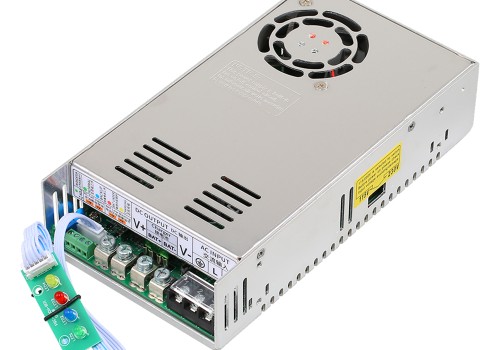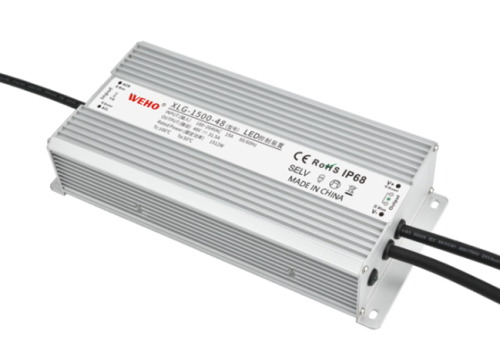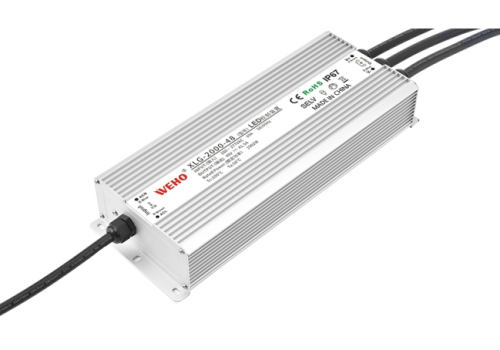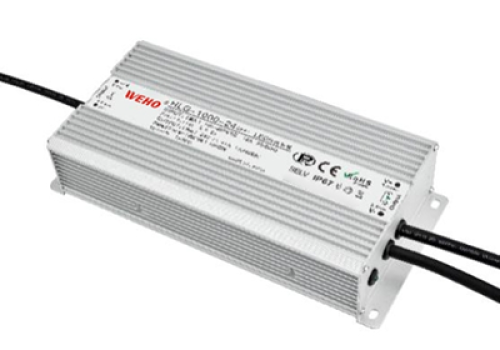Introduction
Power supply units are critical components in electronic devices, providing stable power to various systems. Understanding the causes of power supply failures is essential for preventing downtime, repairing equipment, and avoiding potential damage. This article systematically analyzes the top ten causes of power supply failures and provides practical recommendations to extend their service life.
Top 10 Reasons Your Power Supply Could Fail
Capacitor Failure
Electrolytic capacitors are among the most failure-prone components in power supplies. Failures typically manifest as bulging tops, electrolyte leakage, or complete rupture. These failures lead to system instability, including random crashes, boot failures, and automatic restarts.
Overheating
Overheating is a primary threat to power supply reliability. When ambient temperature exceeds specific thresholds, the failure rate increases significantly. Overheating usually results from inefficient cooling systems, high ambient temperatures, dust accumulation, or overload operation.
Power Surges and Spikes
Power surges and spikes are sudden increases in voltage that can damage power supply components. These electrical anomalies may originate from lightning strikes, grid switching, or the cycling of large equipment. Without adequate protection, these events can damage critical components in power supplies.
Overloading
Overloading occurs when a power supply is forced to deliver power beyond its rated capacity. This stresses components beyond their design limits, leading to excessive heat and premature failure. Continuous overloading accelerates component aging and may cause catastrophic failures.
Aging Components
All electronic components have finite lifespans and degrade over time. Electrolytic capacitors typically show the most noticeable aging effects, with gradual electrolyte evaporation causing capacitance reduction and resistance increase. Semiconductor devices also experience performance degradation with usage time.
Short Circuits
Short circuits in the power supply itself or connected loads can cause serious damage. Short circuits generate excessive current that exceeds components’承受能力. Short circuits can be caused by component failure, insulation breakdown, solder bridges, or PCB contamination.
Poor Manufacturing Quality
Quality issues during manufacturing significantly reduce power supply reliability. Common problems include improper component selection, poor soldering quality, inadequate quality control, and substandard materials. These quality issues may manifest as premature failures during use.
Dust and Contamination
Dust accumulation significantly impacts power supply performance and reliability. Dust acts as a thermal insulator, impedes proper heat dissipation, and can form conductive paths in humid environments. Certain types of dust may also be corrosive or conductive, accelerating component failure.
Inadequate Ventilation
Inadequate ventilation creates problems similar to overheating. Many modern electronic devices prioritize compact form factors and aesthetic designs over proper airflow, using plastic enclosures instead of metal cases, which affects heat dissipation effectiveness.
Design Incompatibility
Using power supplies in applications for which they were not designed can lead to various problems. These include voltage mismatch, frequency incompatibility, load type mismatches, and control signal issues. Design problems also appear at the component level, potentially creating inherent reliability issues.
Prevention and Maintenance Tips
Effective Maintenance Practices
Regular maintenance significantly extends power supply life and prevents failures:
- Regular dust cleaning
- Periodic replacement of electrolytic capacitors
- Checking connection status and component appearance
- Verifying power output performance
Extending Product Lifespan
Beyond maintenance, these practices can significantly extend power supply lifespan:
- Proper derating usage
- Environmental temperature control
- Using voltage stabilization equipment
- Selecting reliable quality components
- Ensuring correct installation
- Installing surge protection devices
FAQ
What are the symptoms of a failing power supply?
Abnormal shutdowns, output fluctuations, unusual noises, overheating, and visible damage.
How can I prevent power supply failures?
Ensure proper cooling, use voltage stabilization, avoid overload, and perform maintenance.
Should I repair or replace a faulty power supply?
Repair high-value units with simple failures, replace low-cost severely damaged units.
Conclusion
Power supply failures can stem from component aging, environmental factors, design flaws, and operational issues. Understanding these mechanisms helps prevent failures and ensure reliable operation. Choosing products from reputable manufacturers like WEHO provides more reliable power solutions.








